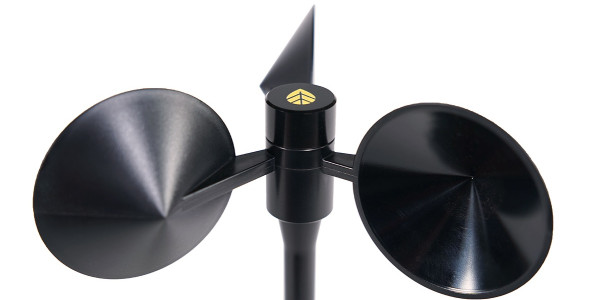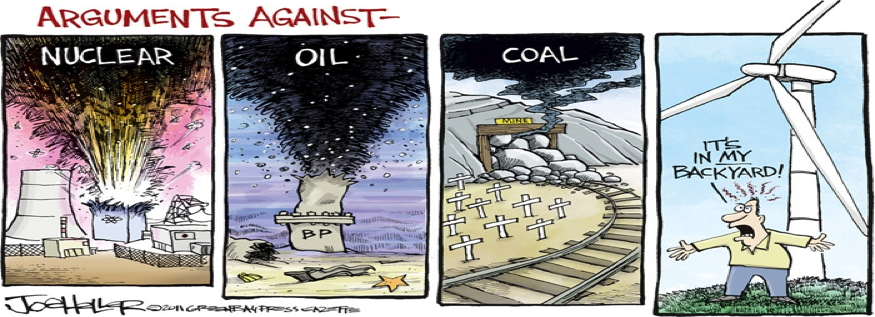July 5, 2011 | Sustainability + Energy,
A couple of weeks ago someone asked me why people objected to having wind turbines put up near their homes – the NIMBY argument – and, though I had thought about this issue, I had never had to answer a direct question concerning it.
Standard comments
I trotted out the standard comments concerning noise (invalid as proved by several studies comparing turbine whoosh to ambient noise), threats to wildlife (a concern addressed very conscientiously by the wind industry through the American Wind Wildlife Institute and certainly less damaging than most alternative sources of energy generation), hydrological (wind farms use no water, contrary to traditional energy sources, and surface water impacts can be avoided), flicker effect (studies show low frequency of flicker does not have any health impact, and farms minimize this issue through turbine siting and shut down procedures), undefined health effects (the undefined sufficiently explains the absurdity of this objection), and impact on property prices (initially a problem but is proving to not be so over time; in fact the positive impact of wind farms on local taxes are having a positive effect).
A new question
Finally I was asked why anyone would want such ugly structures impeding their views. My immediate reaction was that wind turbines are not inherently ugly, so I did not understand the question and consequently did not have an answer. After more thought and discussion with colleagues who have been in the industry longer than I and have had to deal with this issue frequently, it became apparent to me that this is a question of perception as in the assessment of art.
Beauty is in the eye of the beholder
Now, let me make it clear that art appreciation is not my strong suit. I am an accountant. I understand the values put on art through market demand, but not why. It is obvious to me why works by an artist increase when they die as this falls within my understanding of supply and demand – take away the supply and bingo, demand goes up, but the appeal of the works themselves still baffles me in most cases. In my defense, when I studied art at school, there was a lot of attention being given to paintings by primates and it strongly colored my opinion of the field. When it comes to appreciating the beauty of wind turbines it is subjective. These forms of kinetic art are ugly to some and appealing to others.
What are the aesthetic alternatives?
What is definitive, however, is that if we do not get the energy we need generated by wind farms or other renewable energy sources, we will need to get it generated by something else. And that something else, a coal or nuclear plant with their pipes, towers and chimneys belching smoke and steam or hydrofracking wells pumping chemically filled water into the aquifers are not going to fall into a discussion concerning artistic appeal. On the contrary, there is no dispute about their being ugly and causing pollution or hazardous waste. This, incidentally, is going to end up in your back yard one way or another.






